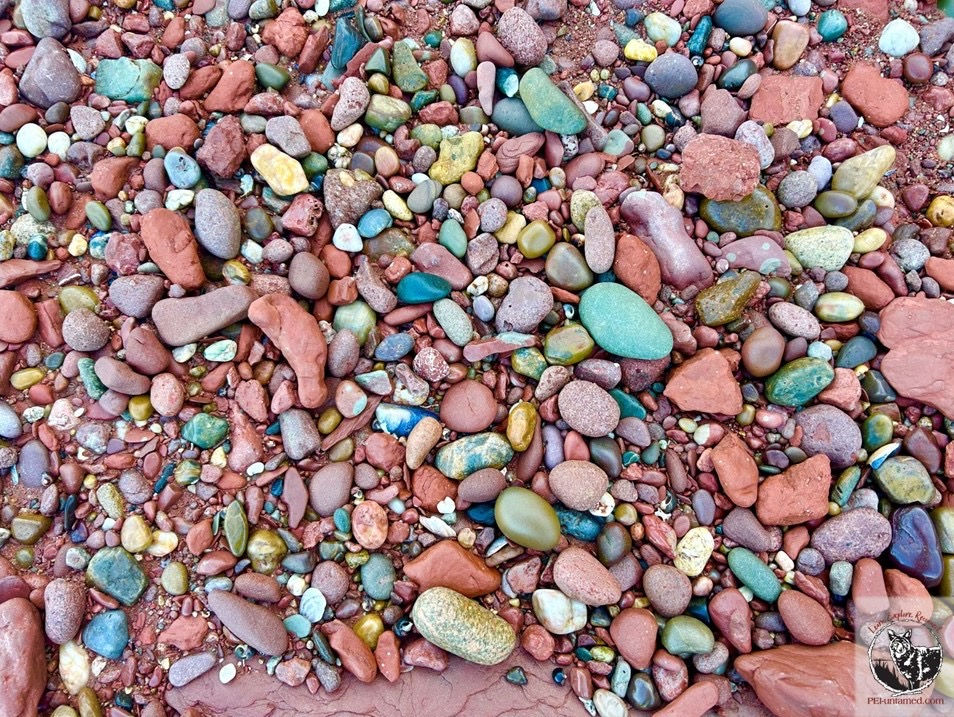Permian to Present 13: The 20th Century
- katemacquarrie22
- Feb 22, 2023
- 2 min read
Through 12 chapters of my ‘Permian to Present’ series, we’ve explored PEI from the formation of its bedrock 300 million years ago, through the last ice age, the pre-settlement landscape, local wildlife, and changes brought about by European settlers and land clearing. Today’s final edition looks at changes during the 20th century.
By 1900, more than two-thirds of PEI’s land area – roughly 398,000 hectares (about 980,000 acres) – had been cleared for agriculture, settlements, and roads. At more than 103,000 people, population was near its peak. With available farmland exhausted and the Western Canadian Land Grants underway, many young men and women left the Island seeking better opportunities. By 1921, population had dropped by more than 15,000 and land that had been cleared for farming began to be abandoned. It would be four decades before PEI’s population returned to turn-of-the-century levels. Farmland decreased and forest area increased throughout this time.
The forest that reclaimed abandoned farmland was very different from that which grew there before land clearing. Rather than the late-successional, shade-loving mixed species of our pre-settlement forest, early-successional, sun-loving species – particularly White Spruce – were quick to establish. The type of trees isn’t the only difference between forests on ploughed versus unploughed sites: their very foundation has changed.

In Photo 1, you can see the forest floor on the left is flat, whereas that on the right has hills and hollows. The left is former farmland, the right is land that has never seen a plough. Those hills and hollows – also called cradle hollows, or pits and mounds – take centuries to form. The hills are the remnants of fallen trees, recycled over hundred of years by fungi and other decomposers. The hollows are low spots between the fallen trees, and holes left by root masses when the trees blew over; we’ve seen a modern-day example of this thanks to Hurricane Fiona. Unploughed lands have the only true remaining forest soils – including associated seed banks, micro-organisms, and invertebrates – left on PEI.

The Island’s earliest airphotos give us insight into land use in 1935, and how it has changed since then. At that time, there were more than 12,000 individual farms in the province with an average size of about 36 hectares (90 acres); forests covered 186,000 ha (about 460,000 acres). By 2000, this had changed to just over 1,800 individual farms with an average size of about 146 hectares (roughly 360 acres), and forest area had grown to 263,000 ha (nearly 650,000 acres). Photos 2 and 3 show some 20th century land use changes in areas you may be familiar with. You can explore PEI aerial photos taken at various times since 1935 on the Provincial website (http://www.gov.pe.ca/maps/aerialphotos.php3) or via the UPEI GeoREACH Lab’s historical map viewer (https://projects.upei.ca/geolab/).

I hope you’ve learned new and interesting things about PEI throughout this series. You can read all 13 chapters here in my searchable blog, and continue to learn about our Island’s plants, wildlife, and ecology by joining this site or following Kate MacQuarrie on Facebook.



